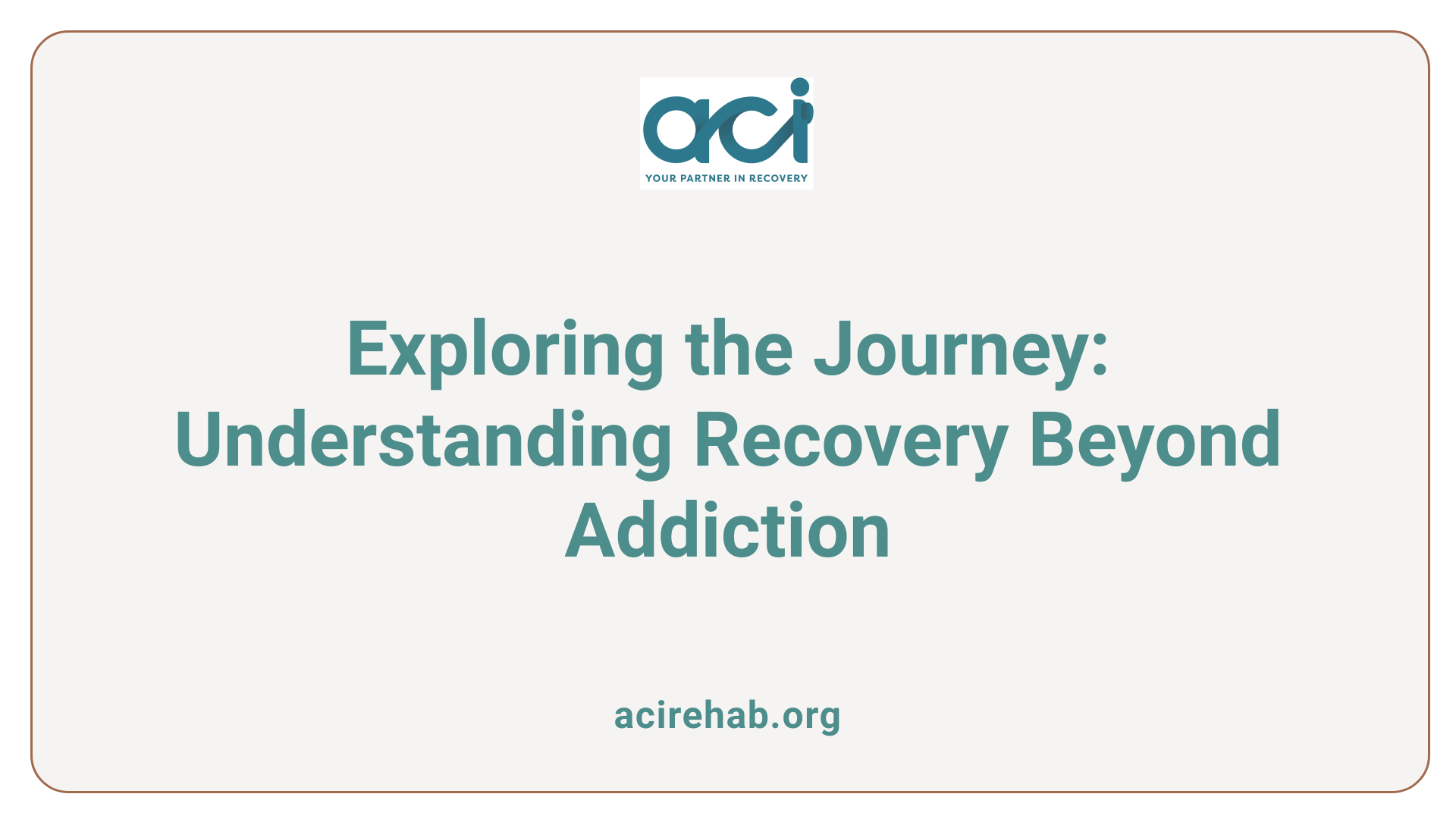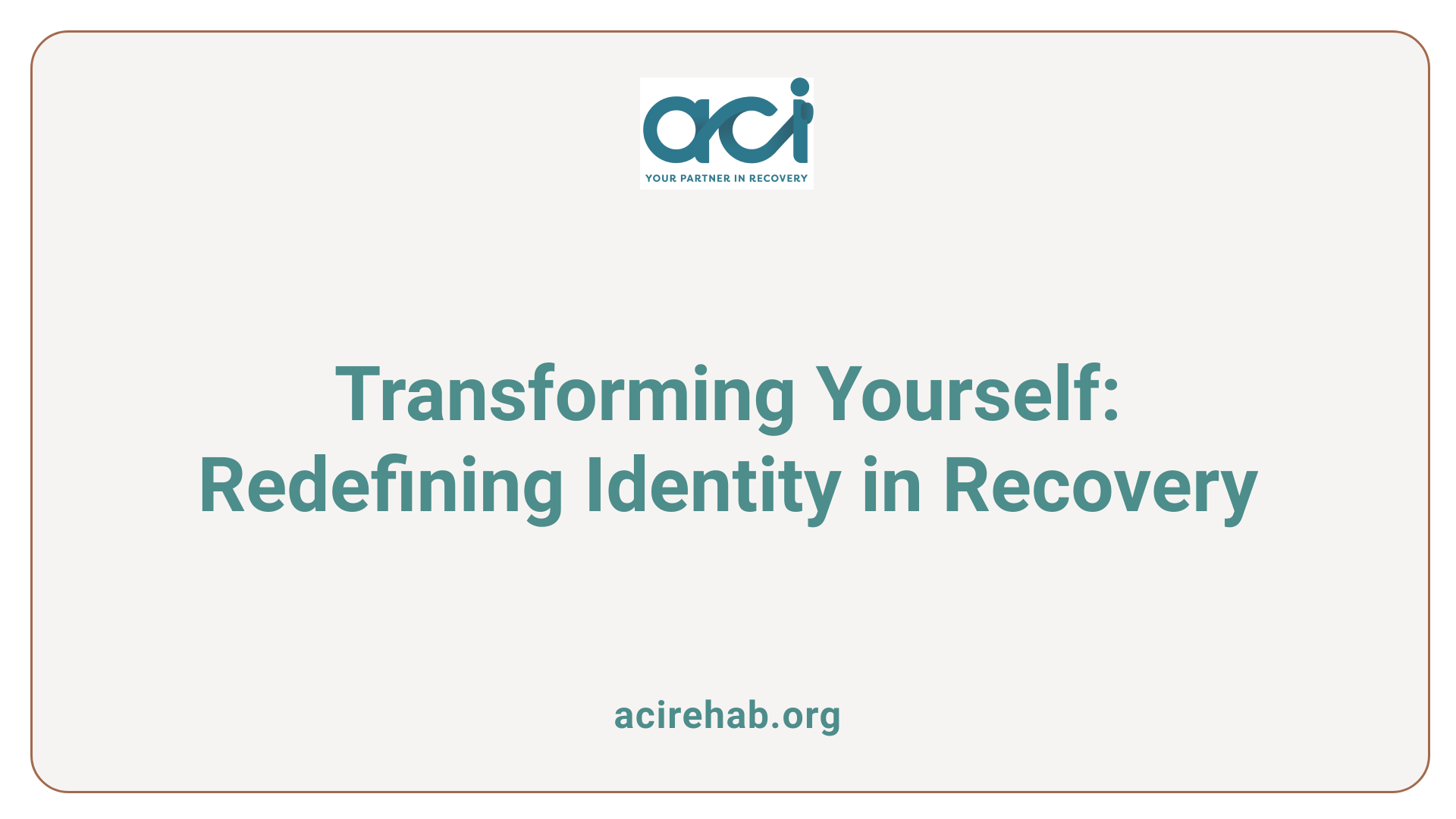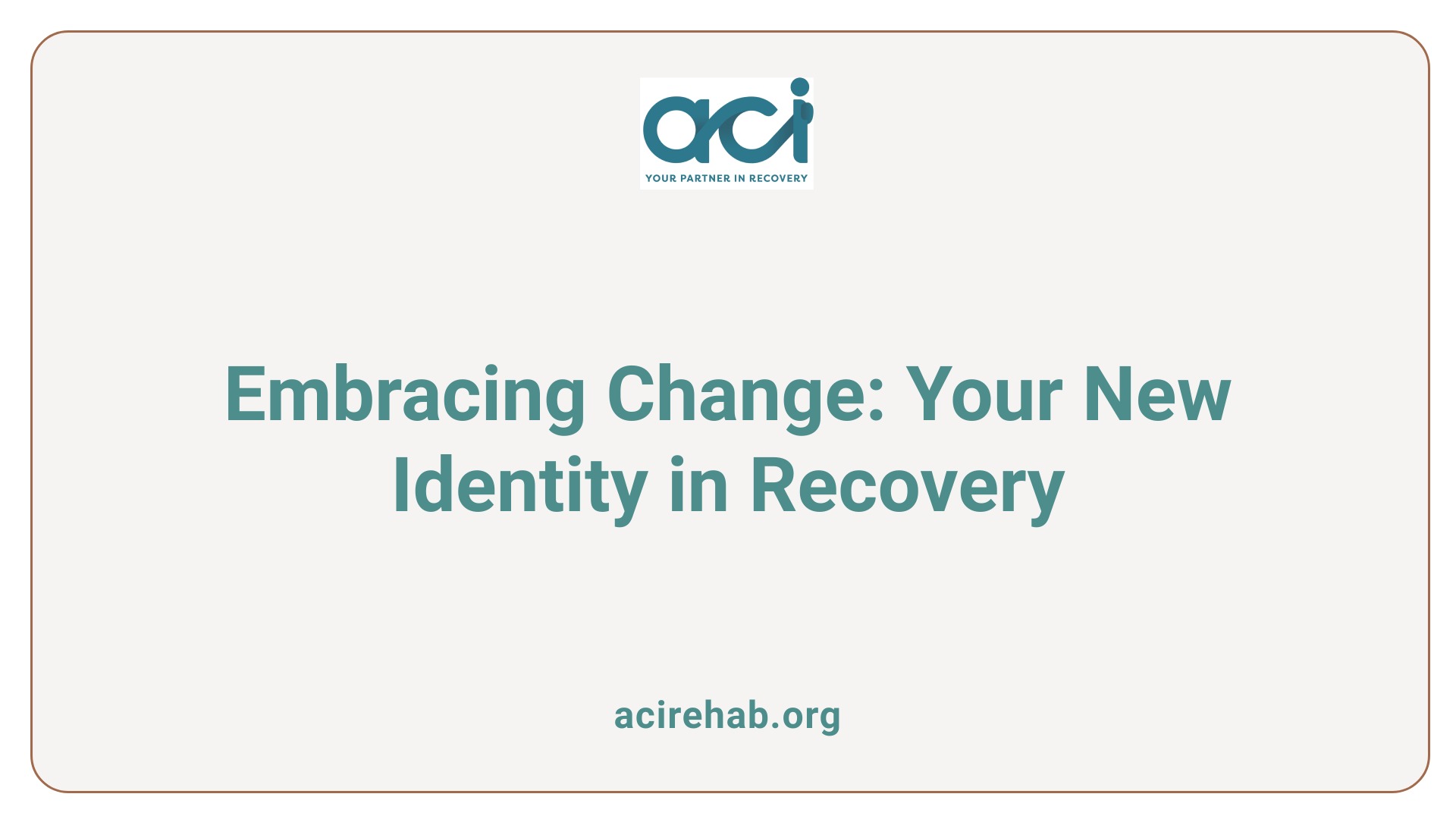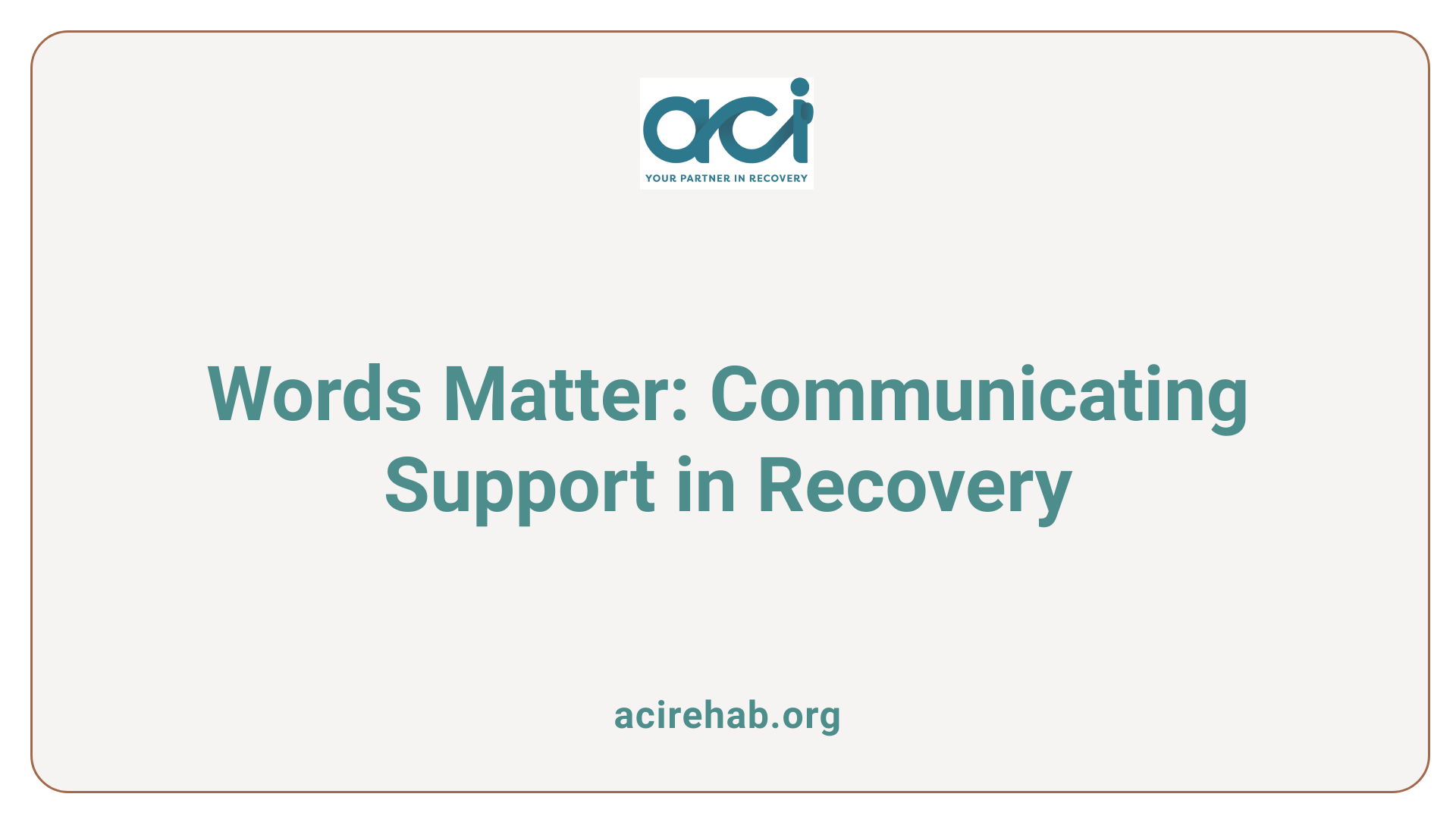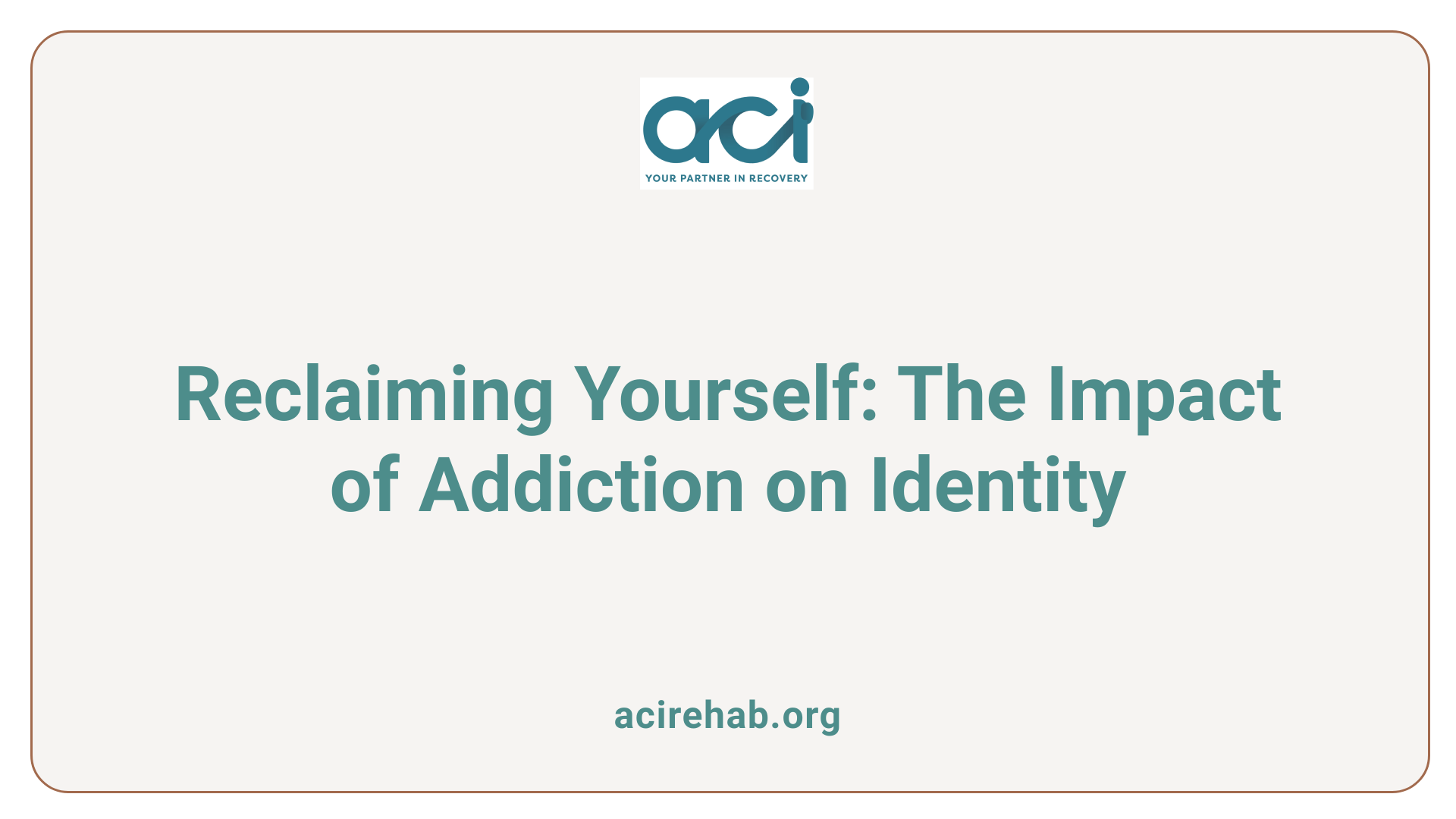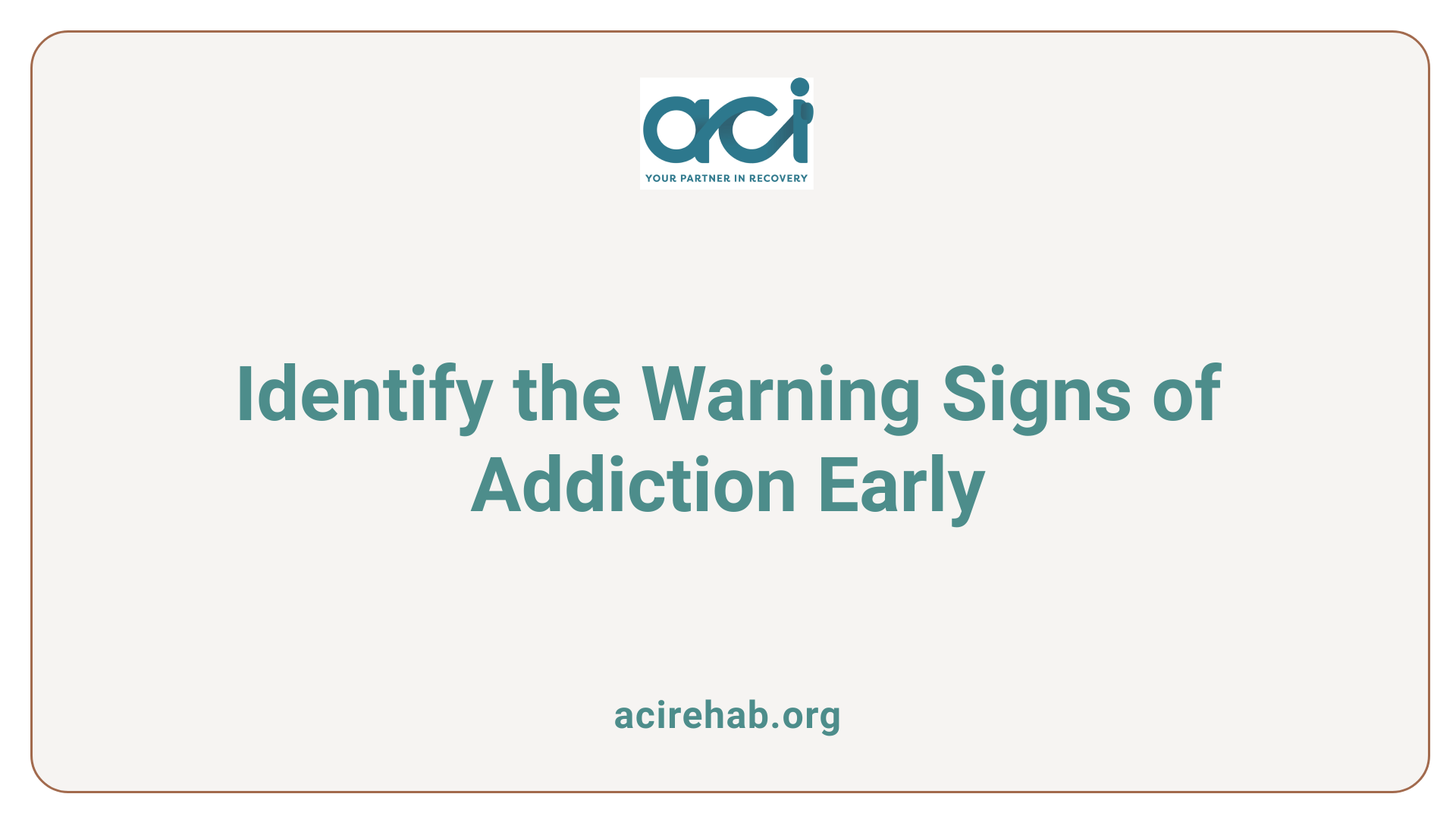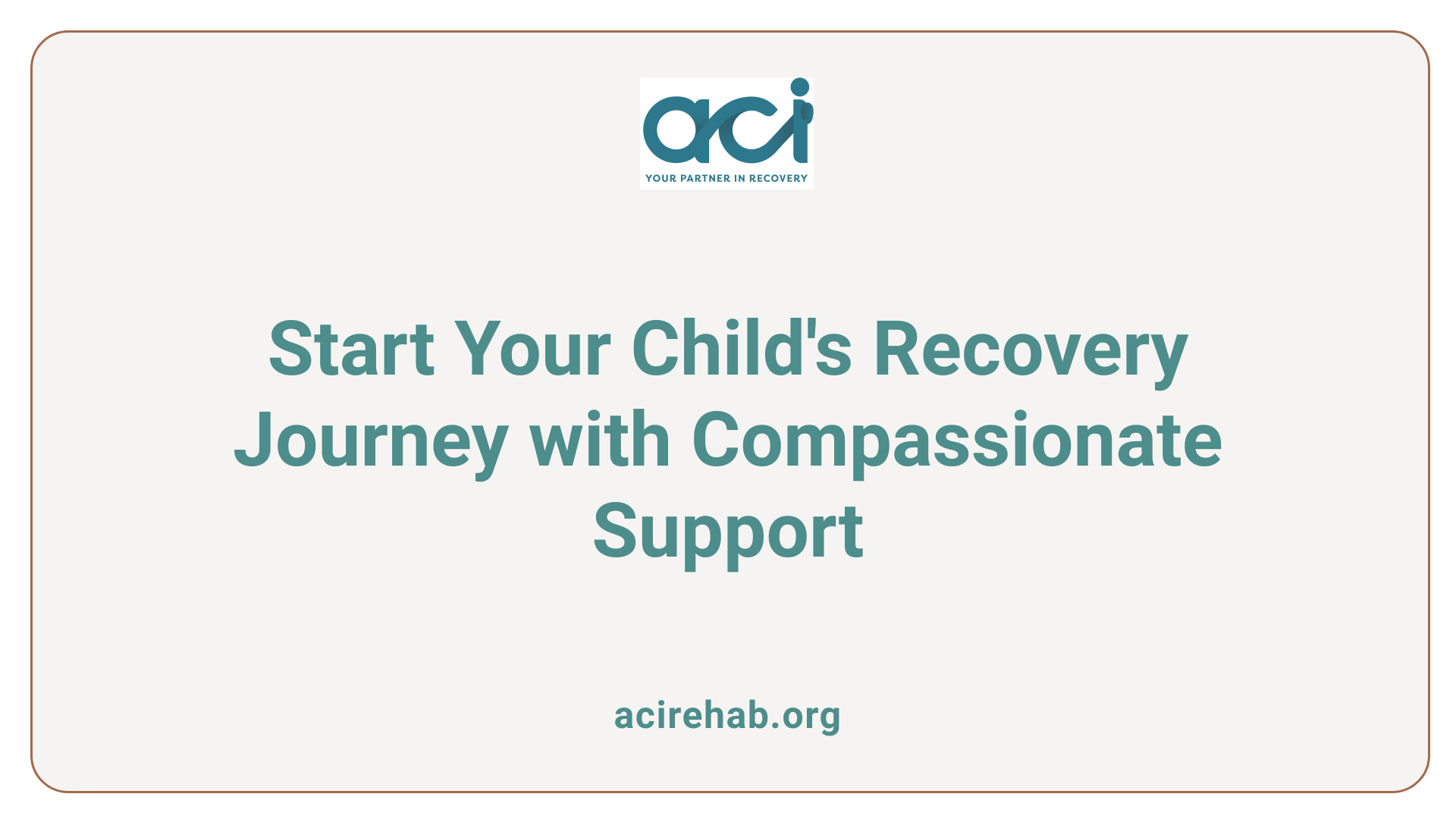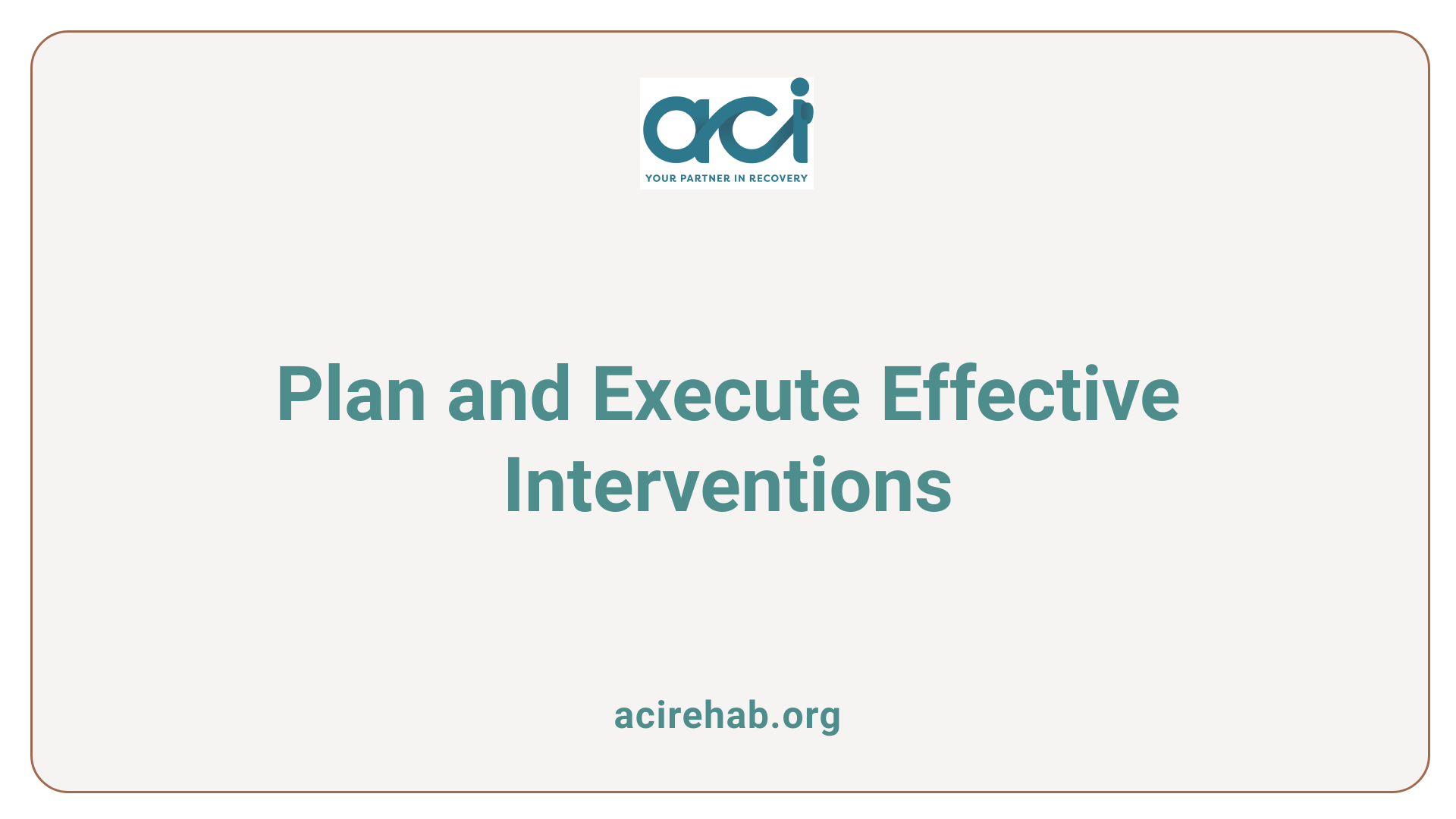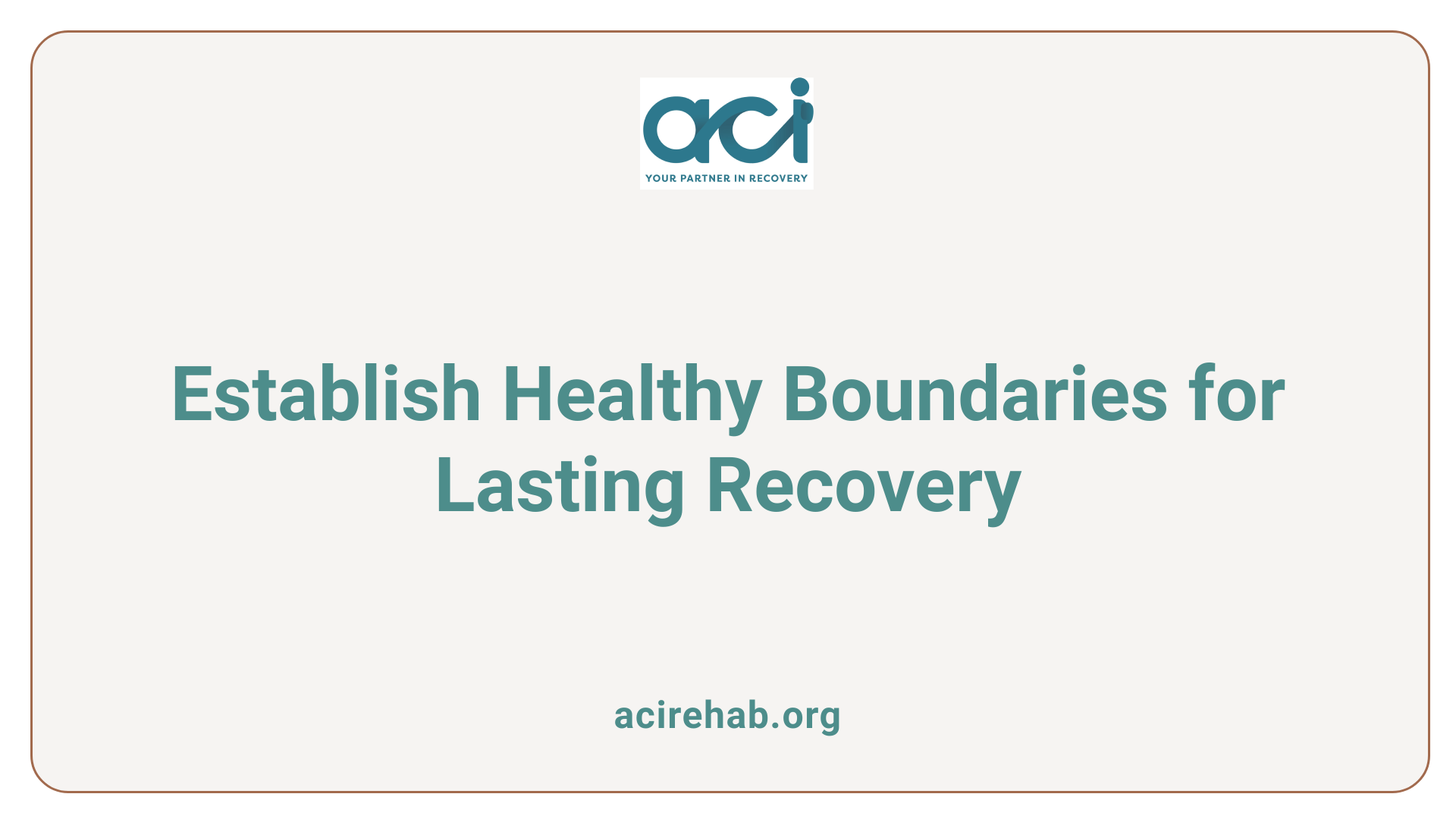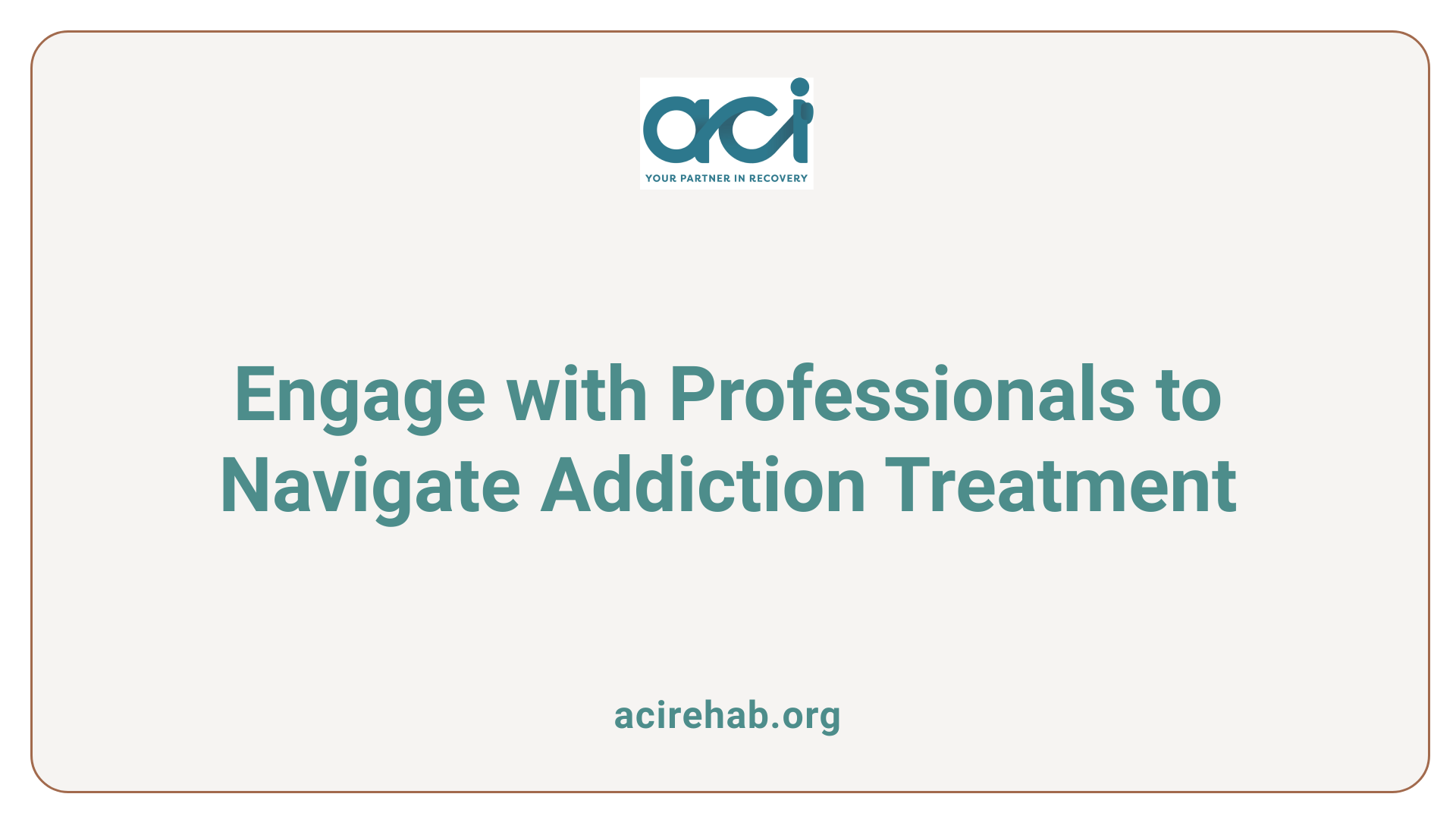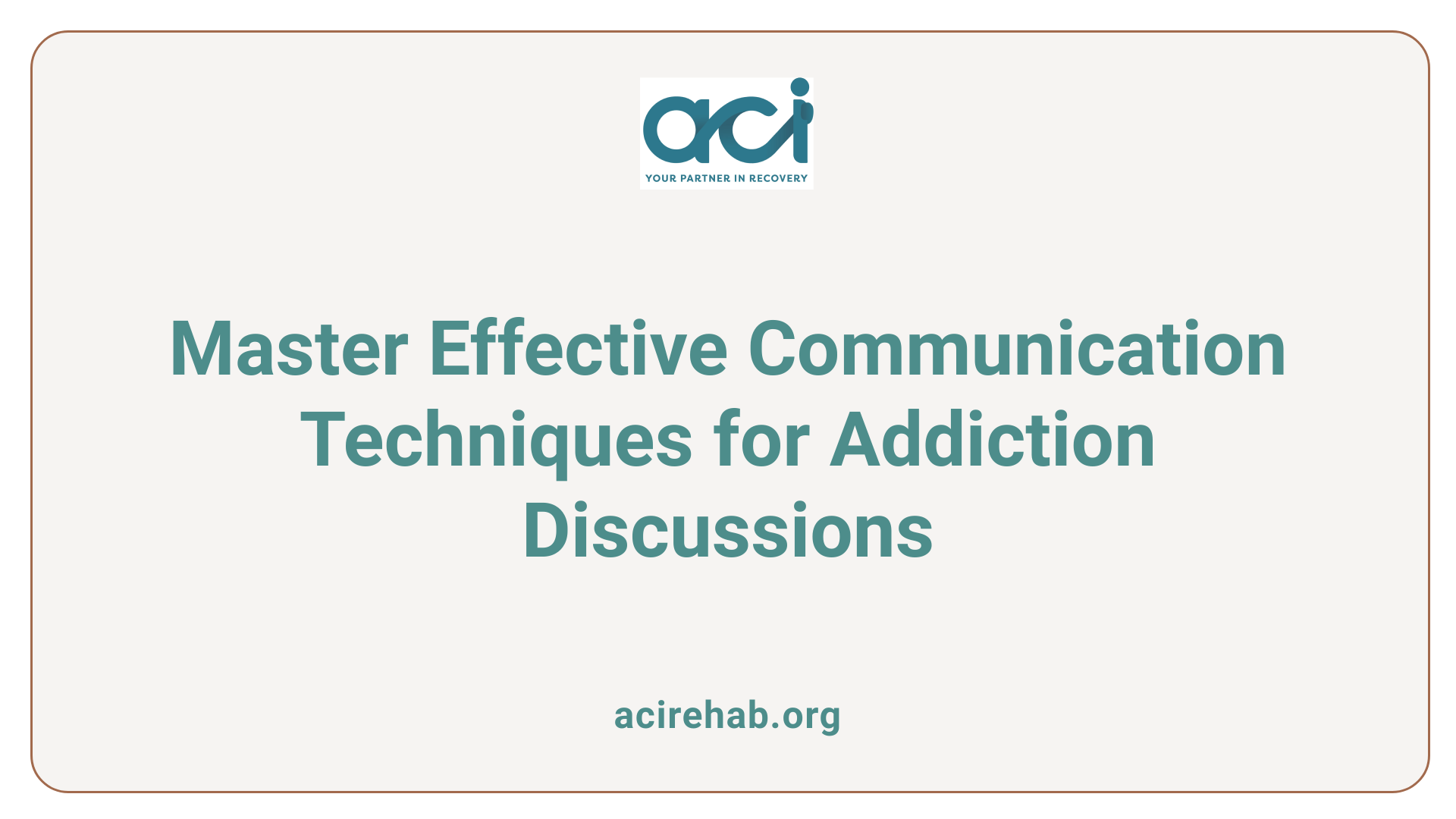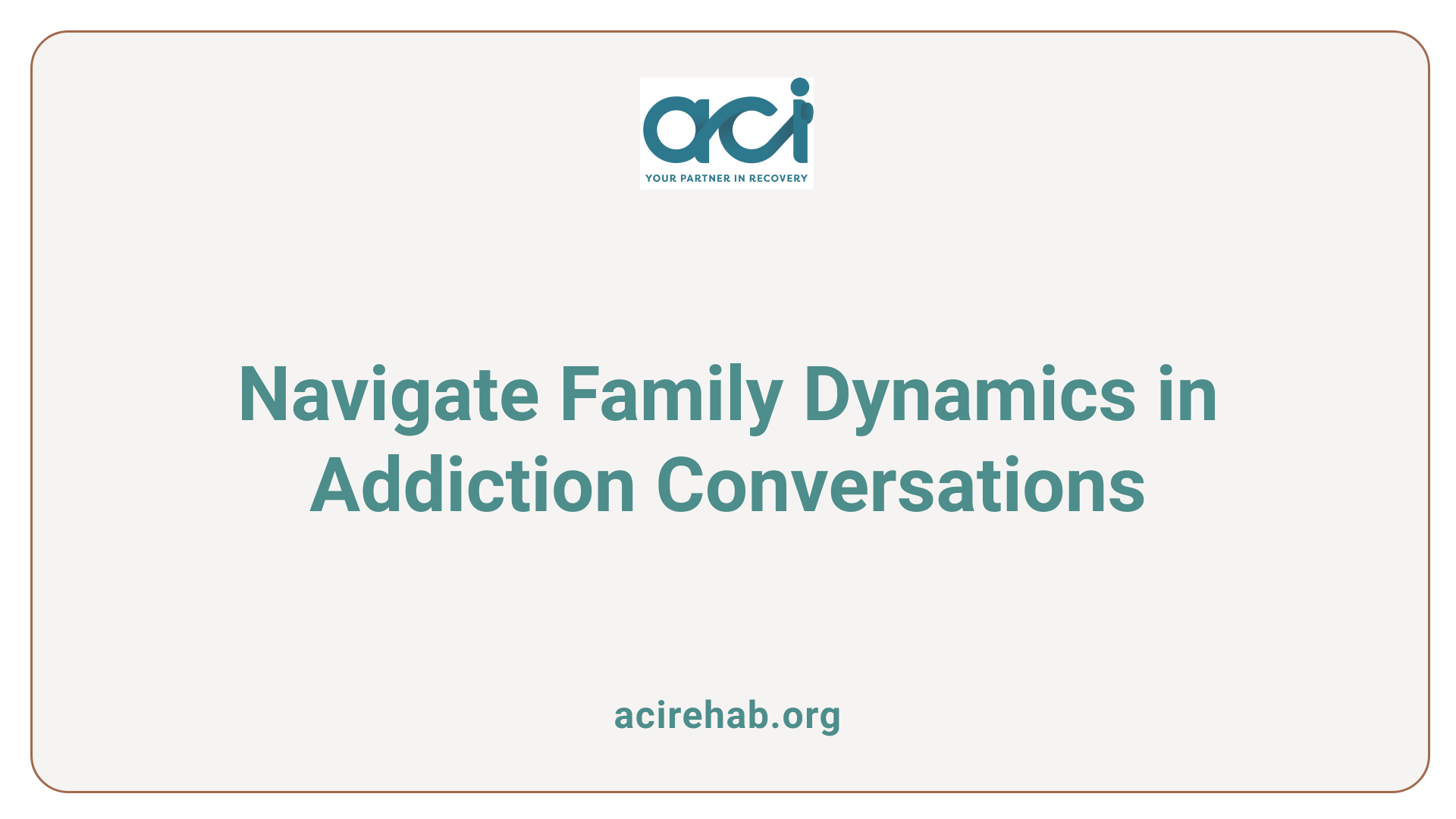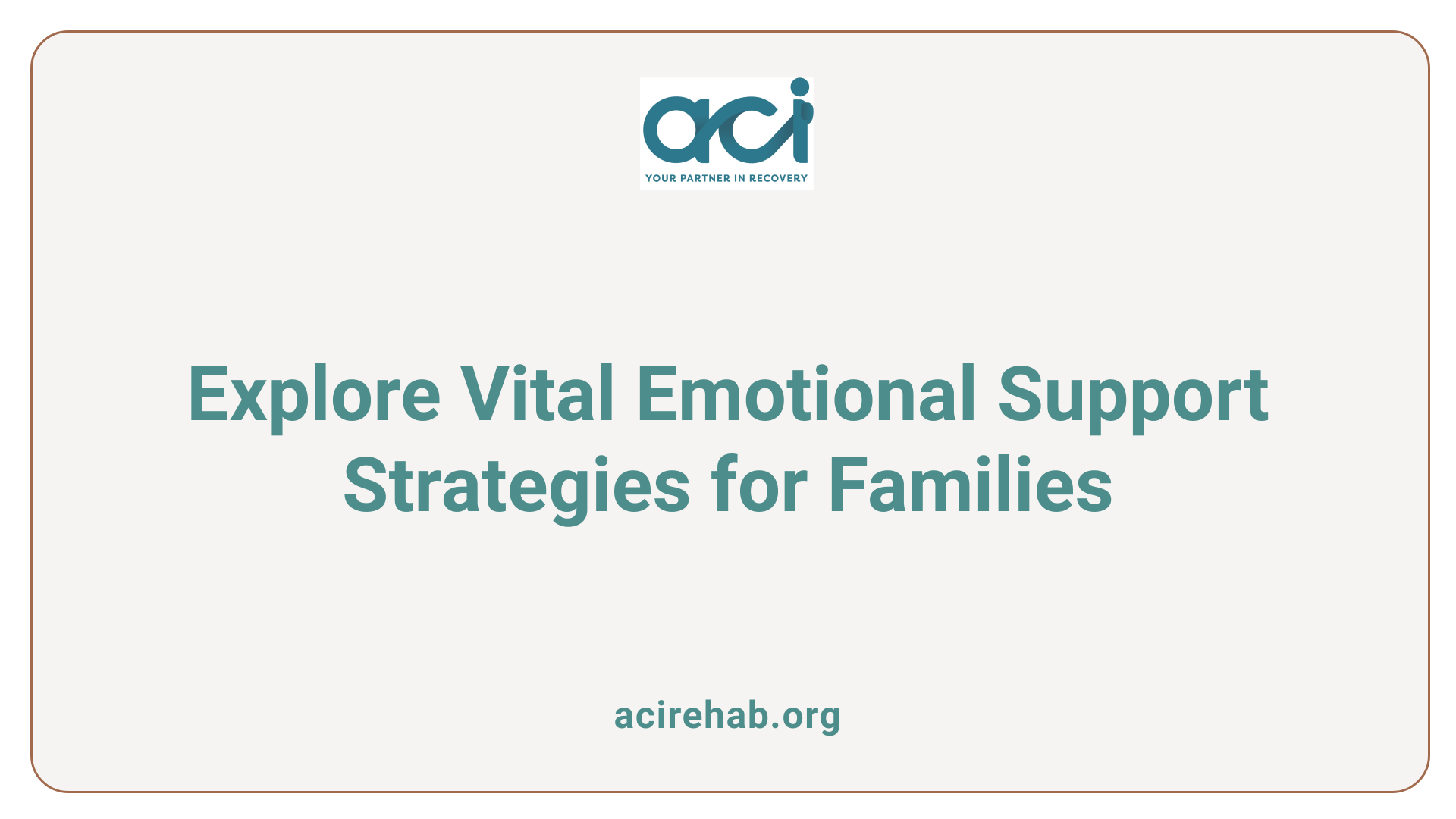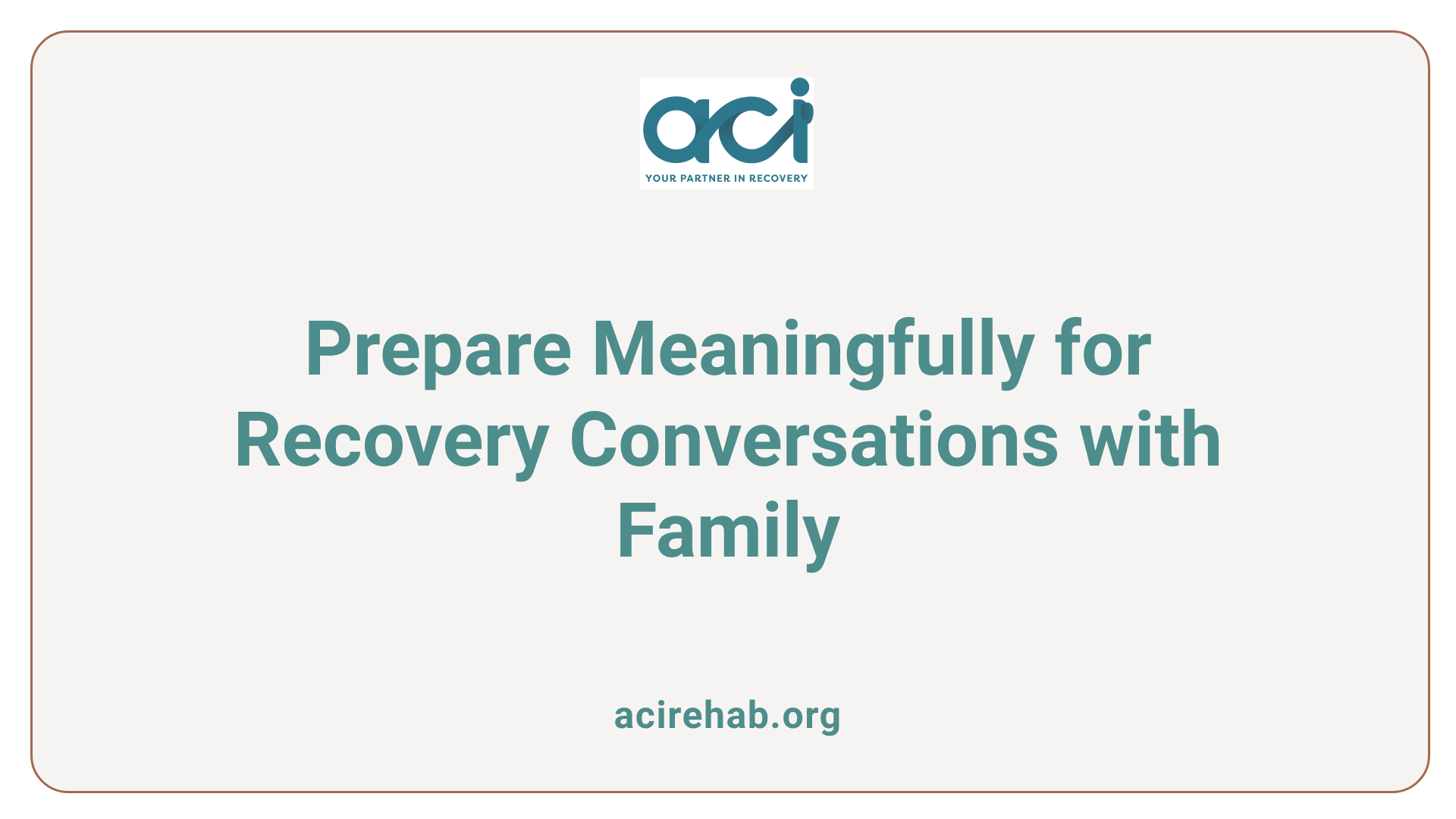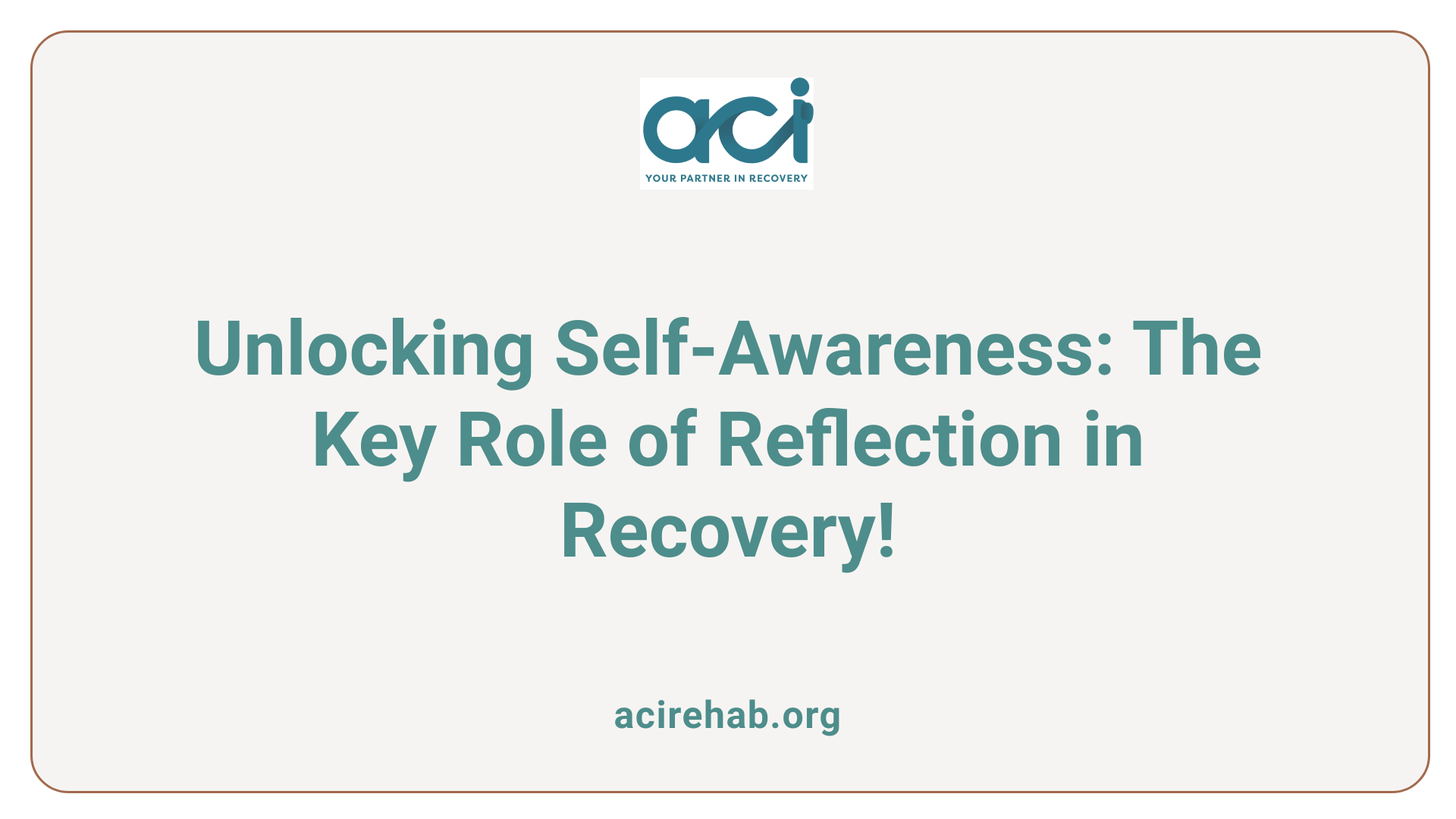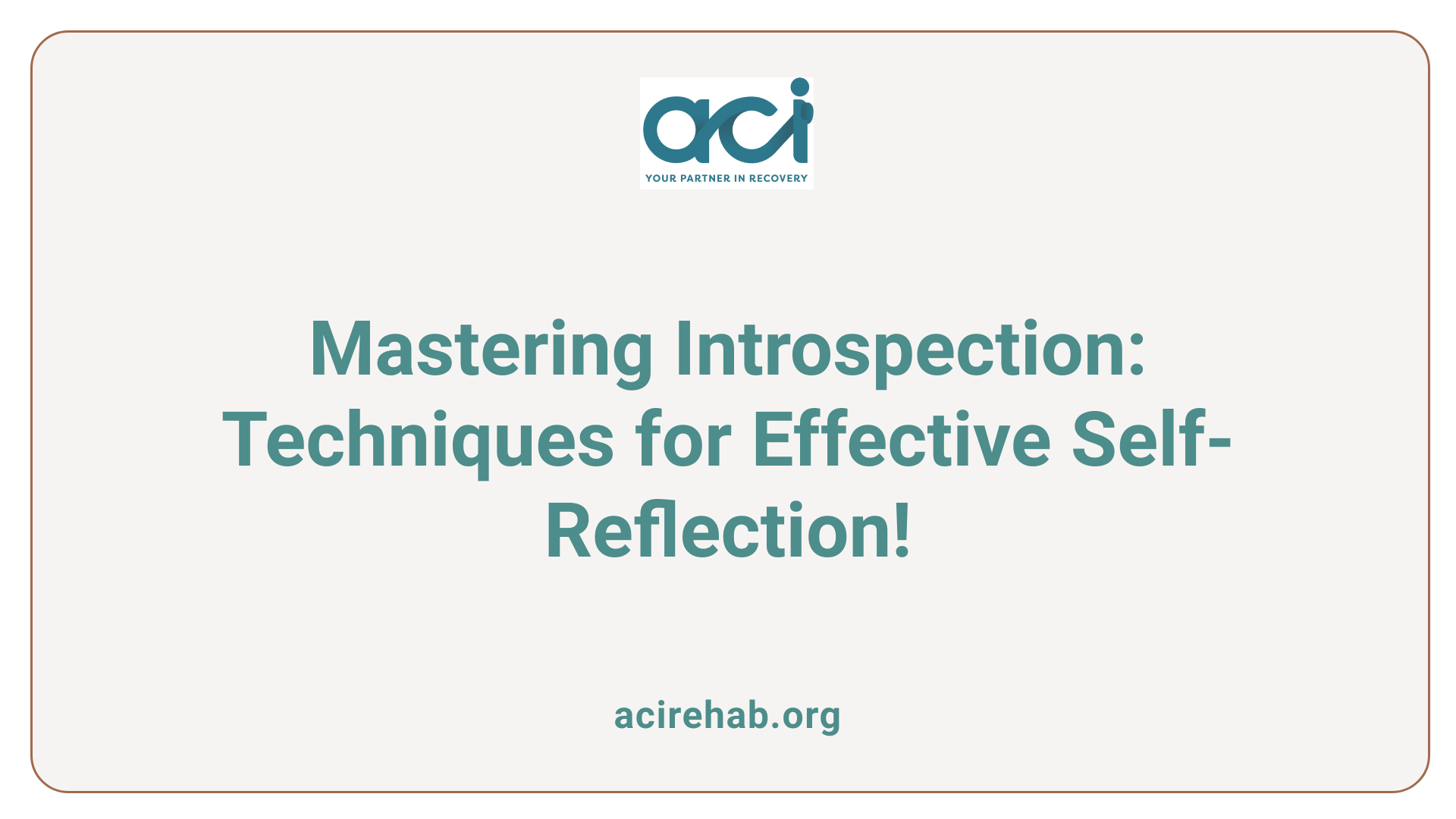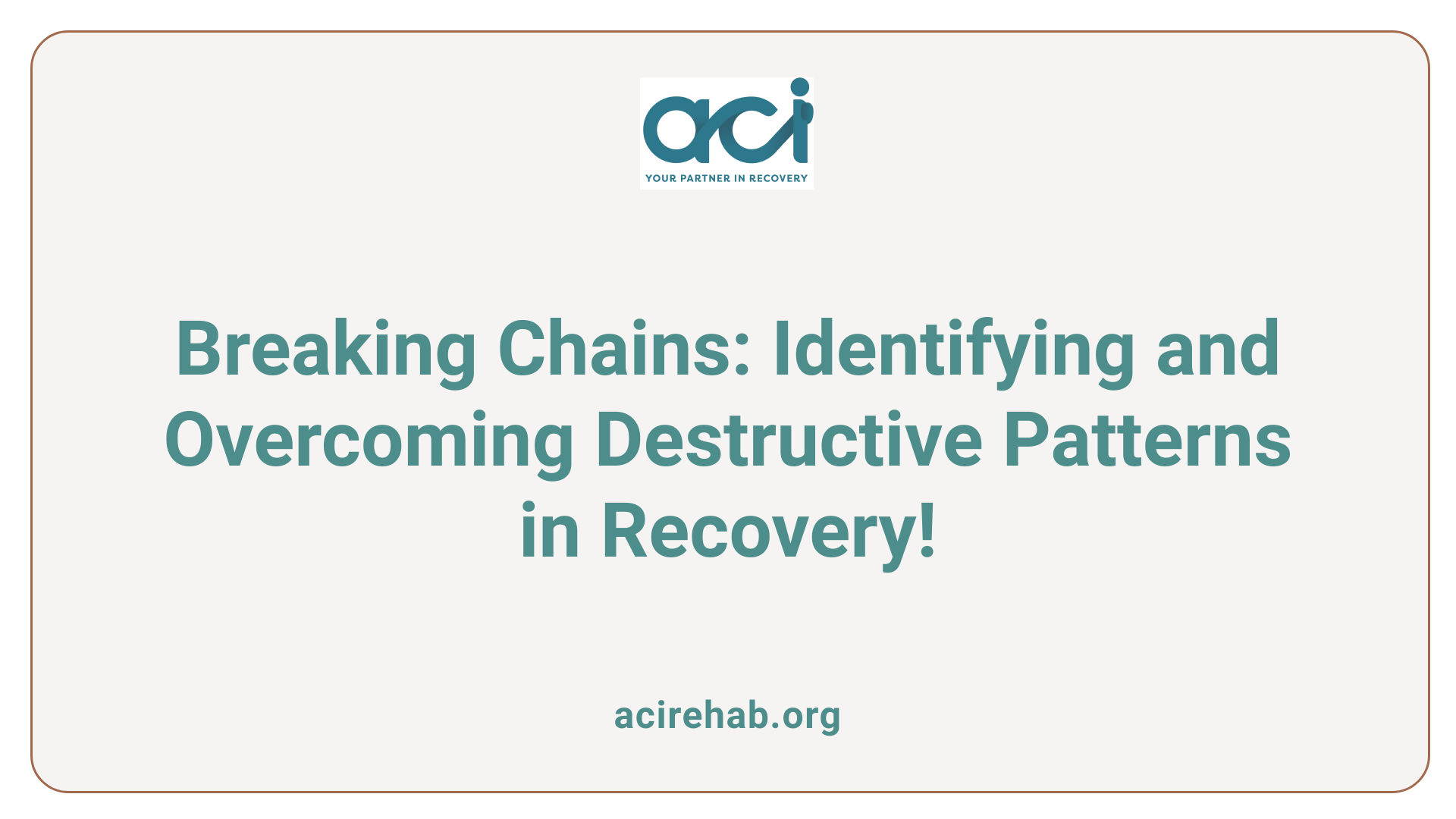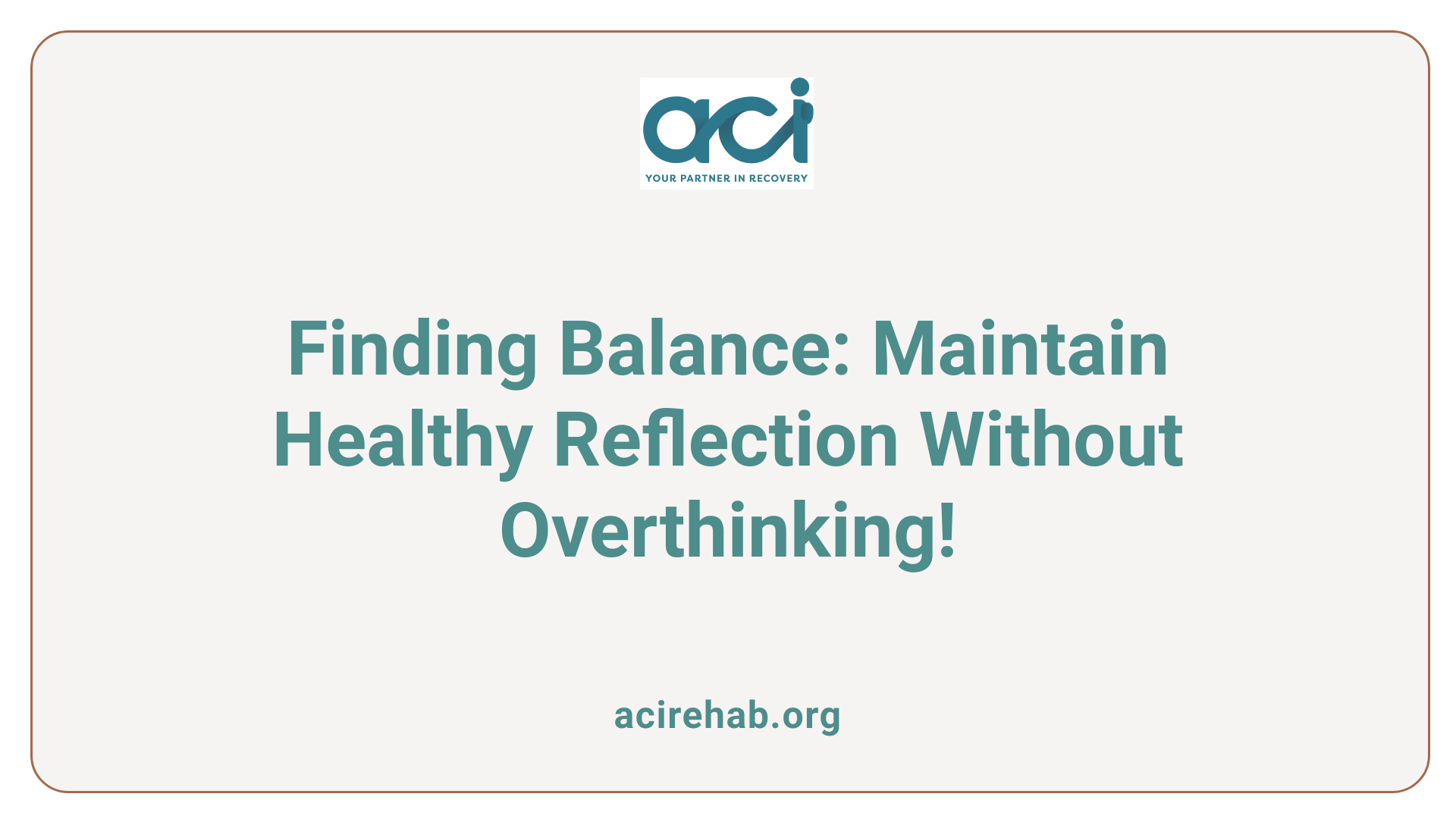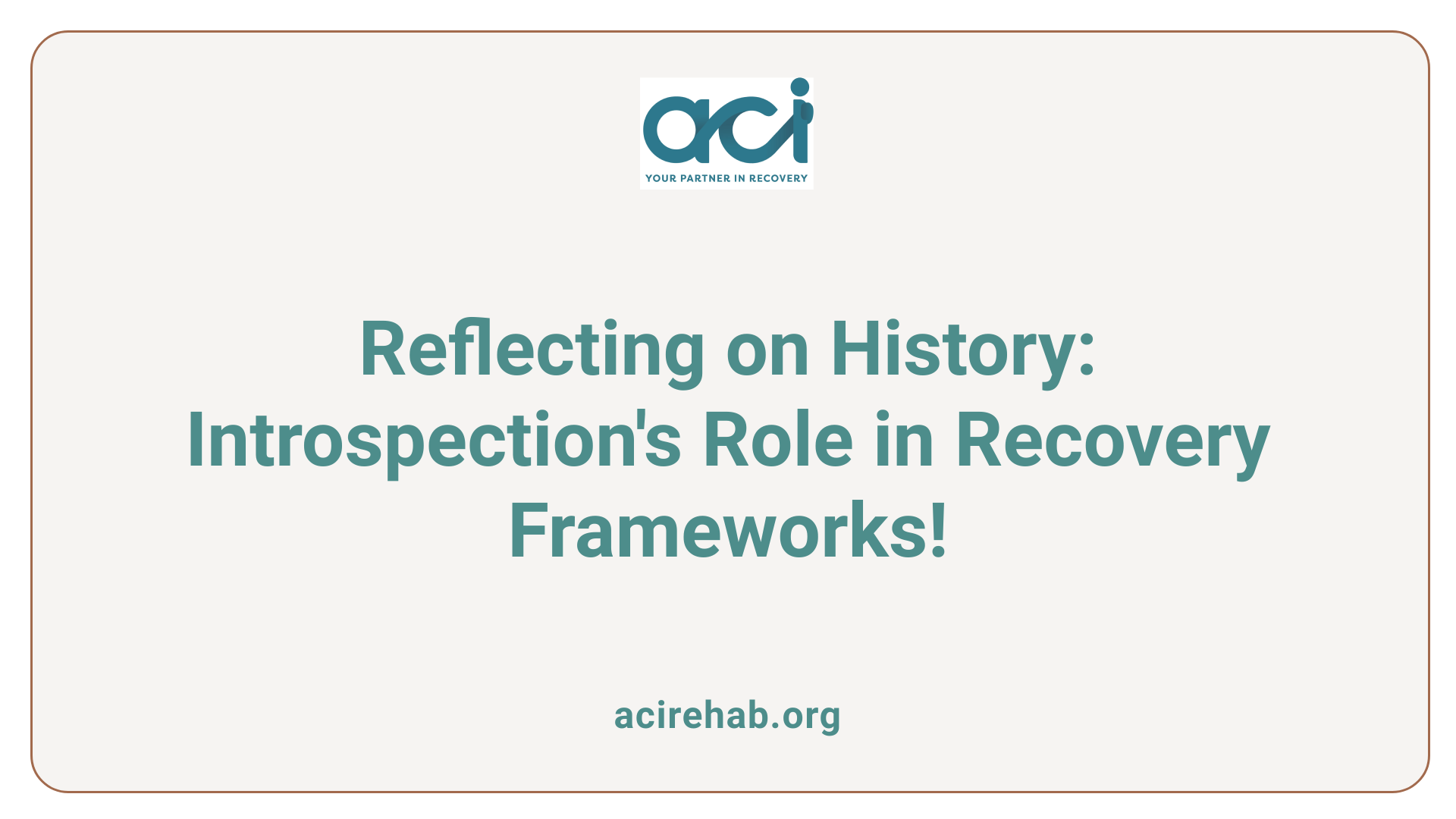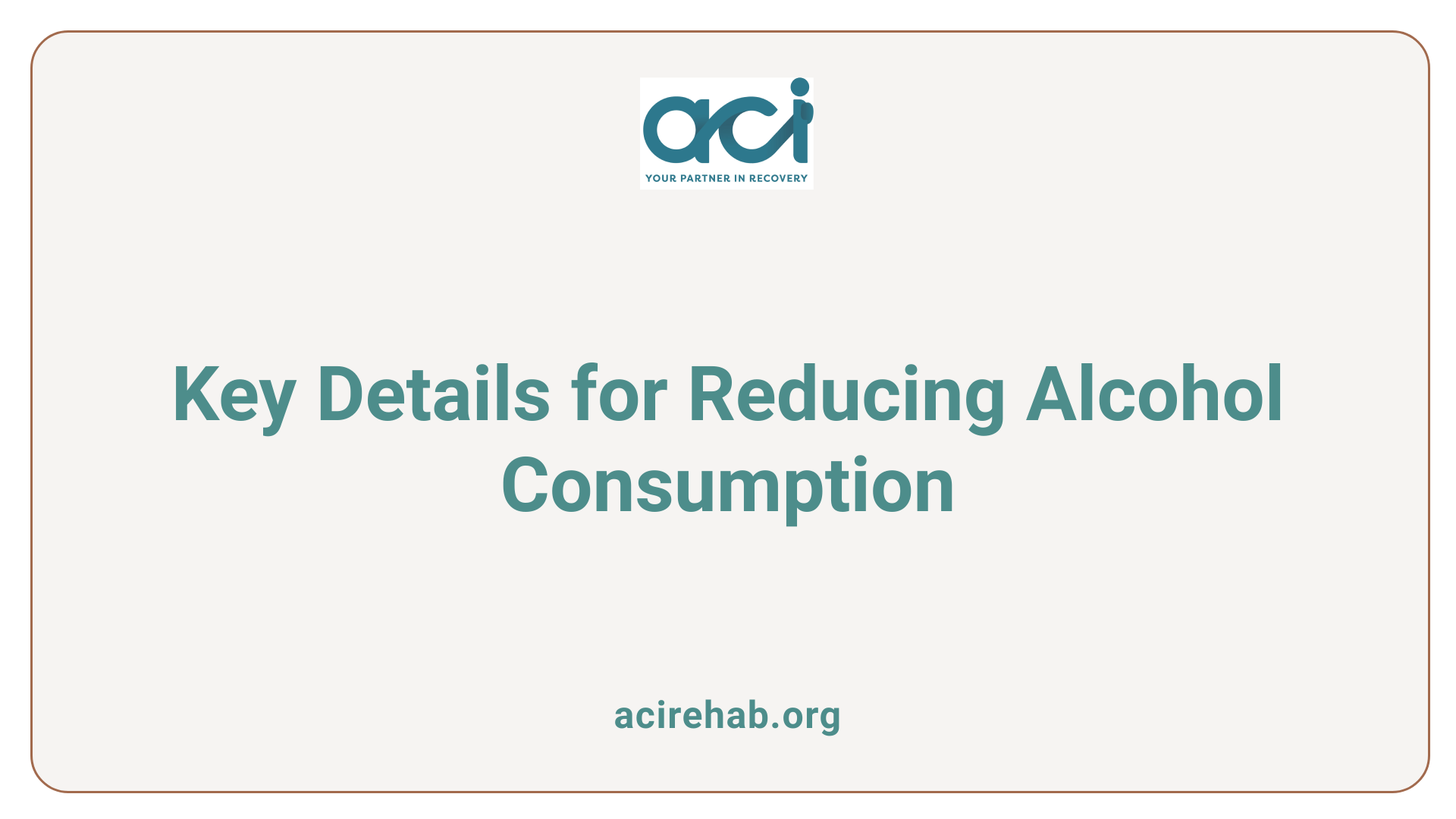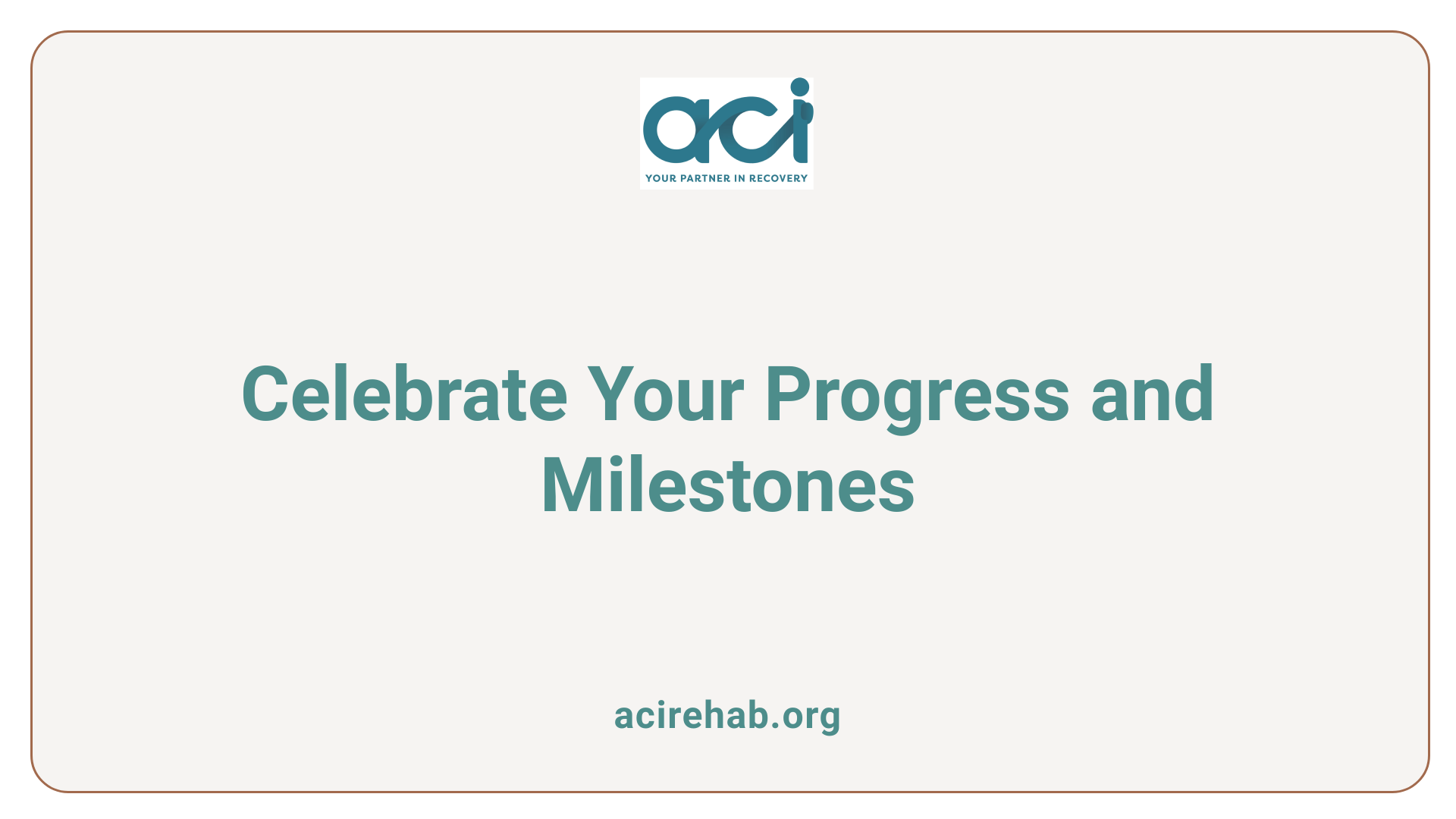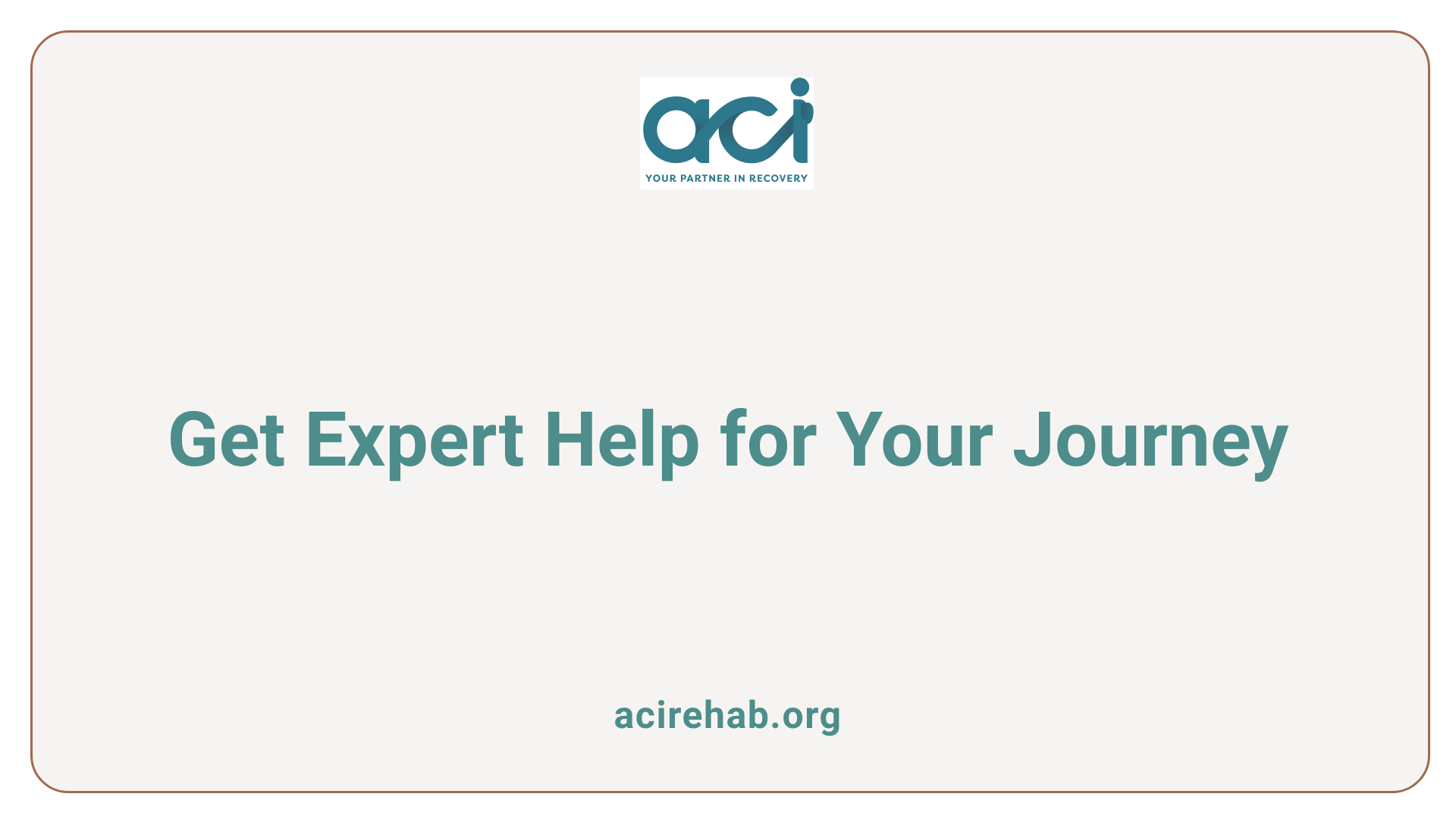Understanding the Importance of Proper Disposal
With a significant portion of the population regularly consuming prescription medications, proper disposal of expired or unused drugs has become a critical public health issue. Improper disposal not only leads to environmental contamination but also poses serious risks of misuse and accidental poisoning. Thus, understanding and implementing safe disposal practices is an essential step in safeguarding our health and the environment.
Why Dispose of Medications Properly?
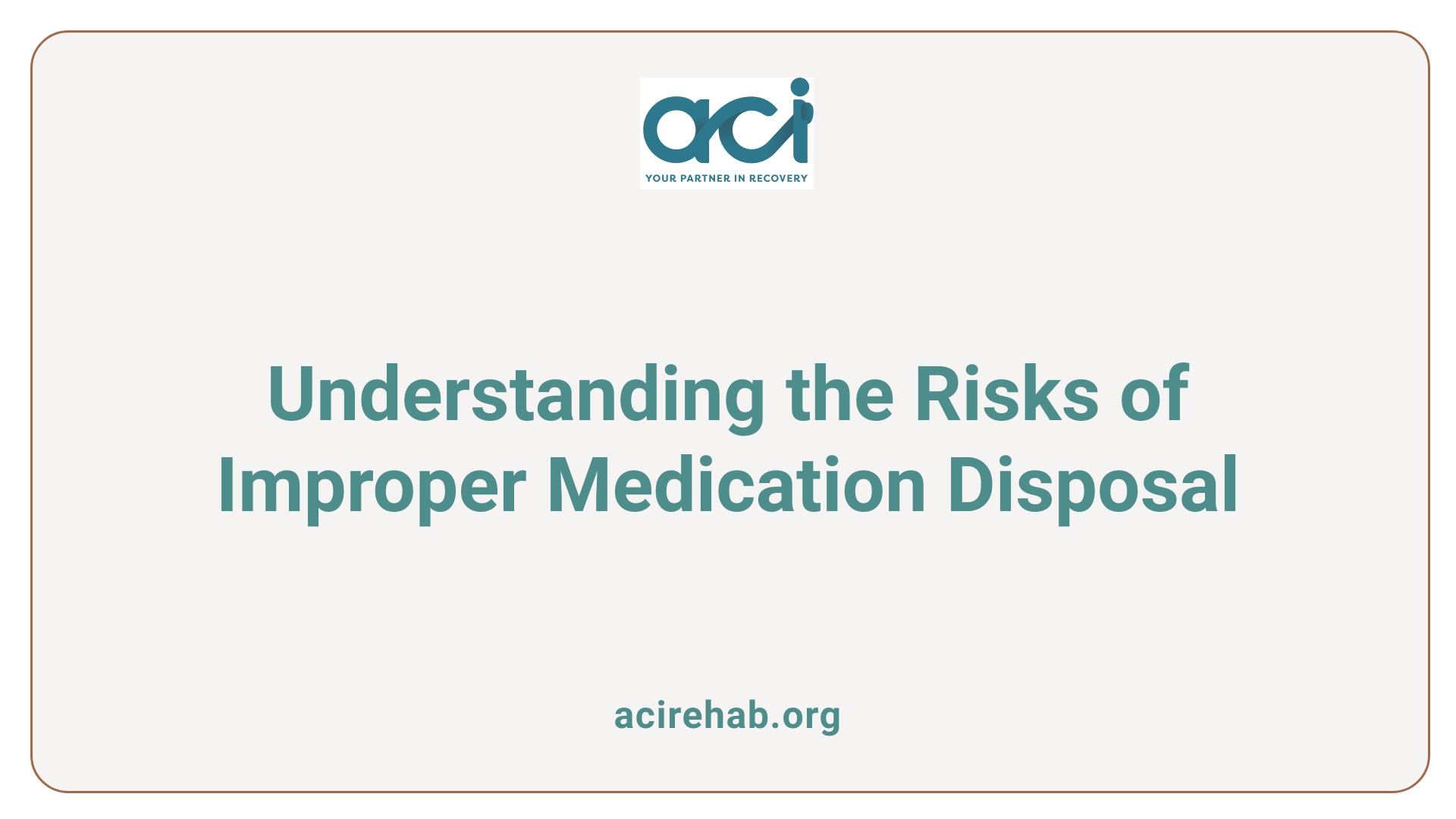
Public health risks of improper medication disposal
Improper disposal of medications poses significant public health risks. An alarming figure is the estimated 36,564 emergency department visits in 2020 among children aged five and under due to unsupervised medication exposures. When medications are discarded carelessly, they can be accessed by children or misused by adults, leading to accidental poisoning or drug abuse. Additionally, prescription drugs that end up in the wrong hands can contribute to the ongoing opioid crisis, as many individuals hold onto leftover medications for potential future needs.
Environmental impact of pharmaceuticals in water systems
The environmental consequences of improper medication disposal are equally concerning. Flushing medications or throwing them in the trash can lead to contamination of water systems. Pharmaceutical residues entering ecosystems can adversely affect aquatic life and compromise drinking water quality. A report indicated that pharmaceutical waste in water is not just a national concern; globally, it remains a pressing environmental issue that requires immediate attention.
Antimicrobial resistance
Another critical concern related to improper disposal is the rise of antimicrobial resistance (AMR). When antibiotics enter environmental systems through waste, they can foster the development of resistant bacteria. Numerous health organizations warn that improper disposal directly contributes to this emerging public health crisis, highlighting the need for responsible disposal practices. Educating patients about these risks and encouraging adherence to responsible disposal methods can help combat the persistent issue of AMR.
Improper medication disposal can have vast implications for health and the environment. By adopting safe disposal practices, we can significantly mitigate these risks, promoting a healthier society and ecosystem.
Safe Disposal Methods
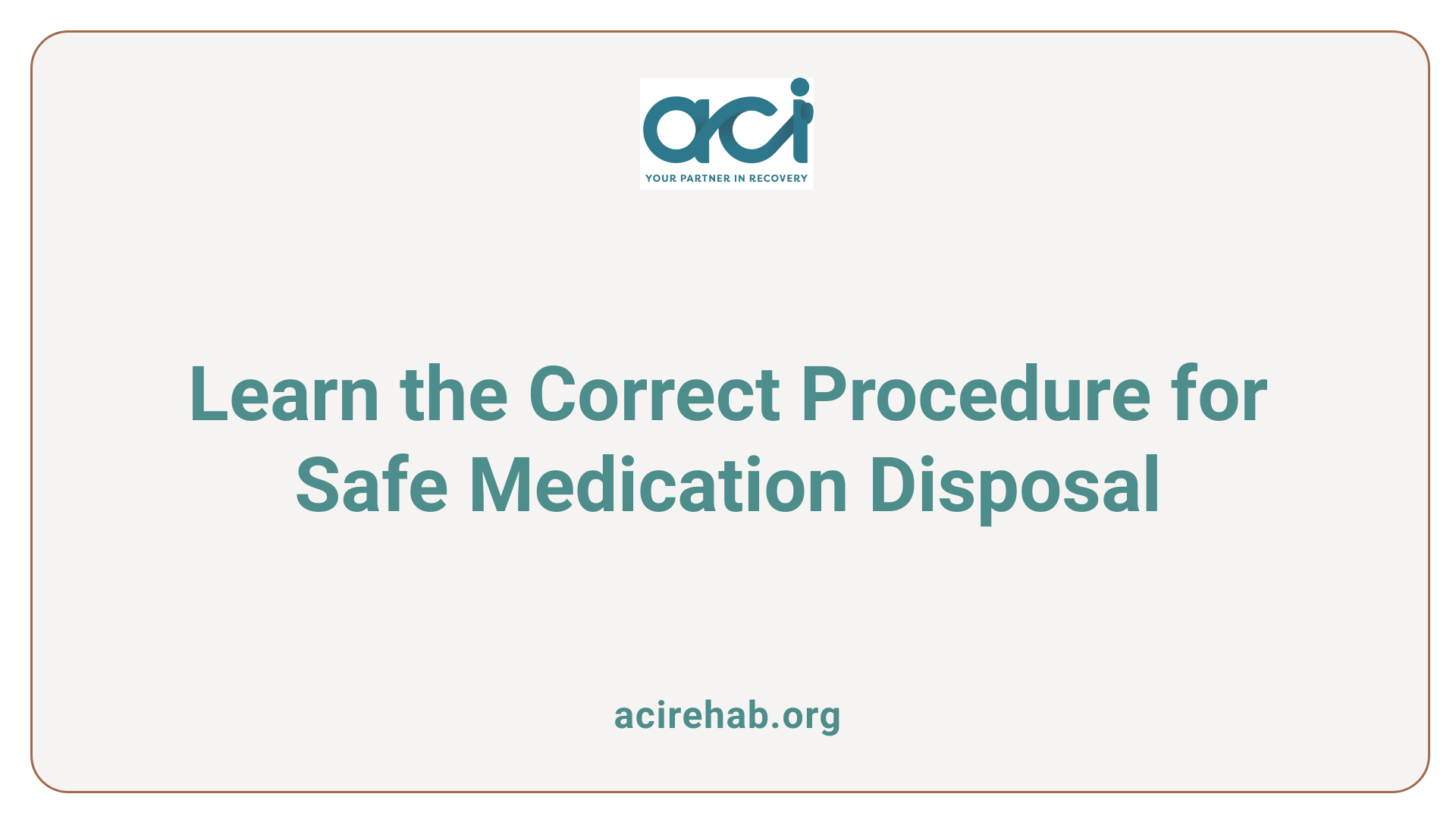
What is the correct procedure for the disposal of medication?
The correct procedure for the disposal of medication involves multiple essential steps to ensure safety and compliance with regulations. Here are the recommended actions:
- Packaging: Start by throwing empty tablet blister packs in your general waste bin.
- Mixing: For unused or expired tablets or capsules, mix them with inedible substances, such as dirt, kitty litter, or coffee grounds. Avoid crushing the medications to maintain their integrity.
- Sealing: Place the mixture in a sealable container or a tightly sealed plastic bag. This helps prevent accidental exposure.
- Disposal: Dispose of the sealed packaging in your general waste bin. Avoid flushing the medication down the toilet or washing it down the sink, as this can lead to environmental contamination and potential misuse.
FDA recommendations on medication disposal
The FDA provides specific guidelines on medication disposal, emphasizing:
- Flushing: Only dispose of medications listed in the FDA’s flush list by flushing them down the toilet if other disposal options are not available. This is crucial for drugs that pose risks if ingested accidentally or misused.
- Take-back Options: Patients are encouraged to use drug take-back programs or events organized by local authorities, which safely collect and dispose of unused medications.
Drug take-back programs
Drug take-back programs play a vital role in safe disposal. Here are some important aspects:
- National Prescription Drug Take Back Day: Organized by the DEA, this event occurs twice a year and provides convenient locations for safe medication disposal.
- Permanent Collection Sites: Many pharmacies and law enforcement facilities have established permanent medication drop boxes.
- Community Initiatives: Several local organizations create awareness and promote participation in safe disposal methods, contributing to public health and environmental protection.
Summary Table of Safe Disposal Methods
| Method | Procedure/Details | Environmental Impact |
|---|---|---|
| At-home disposal | Mix with inedible substances, seal, then dispose in trash. | Prevents accidental use |
| Flushing | Only for medications on FDA’s flush list. | Can contaminate water supply |
| Drug take-back programs | Participate in organized events or use permanent collection sites. | Safely removes excess drugs |
| Educational programs | Informs public about safe disposal practices and resources. | Enhances community health |
Promoting awareness about these disposal methods is essential to prevent accidental exposure, misuse, and environmental contamination.
Consequences of Improper Medication Disposal
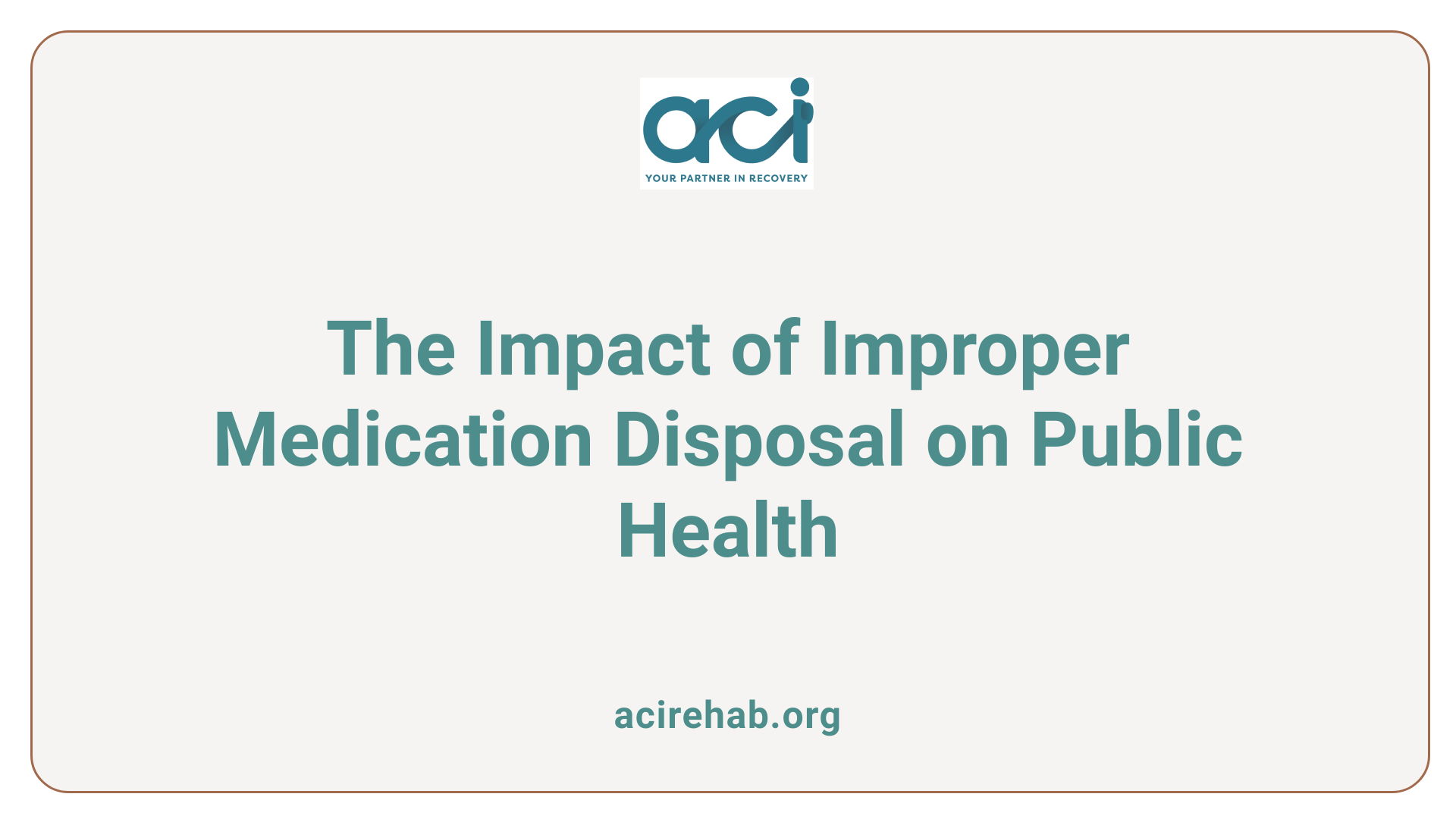
What are the risks and impacts if medications are not disposed of properly?
Improper disposal of medications poses significant risks to both public health and the environment. Medications flushed down toilets or thrown into the trash can enter water systems, leading to contamination that adversely affects aquatic life. Trace pharmaceuticals in water can disrupt ecosystems and, potentially, drinking water quality, although immediate negative health impacts on humans and animals have been minimal thus far.
In addition to environmental concerns, there is an elevated risk of accidental ingestion when unused medications are not safely discarded. Children and pets are often curious and might mistakenly consume these substances, resulting in medical emergencies. In fact, in 2020 alone, there were over 36,000 emergency department visits among children under five due to unsupervised medication exposures.
Moreover, unused or expired medications represent not only a public safety hazard due to the risk of misuse or accidental poisoning but also a broader public health crisis. These medications can exacerbate ongoing issues, such as the opioid epidemic, by providing opportunities for diversion and abuse.
Active participation from patients, healthcare providers, and pharmaceutical companies is crucial in minimizing waste and promoting responsible disposal methods. Utilizing local collection programs and adhering to guidelines from the FDA can significantly aid in protecting both individual health and the environment.
Guidelines for Safe Pharmaceutical Disposal
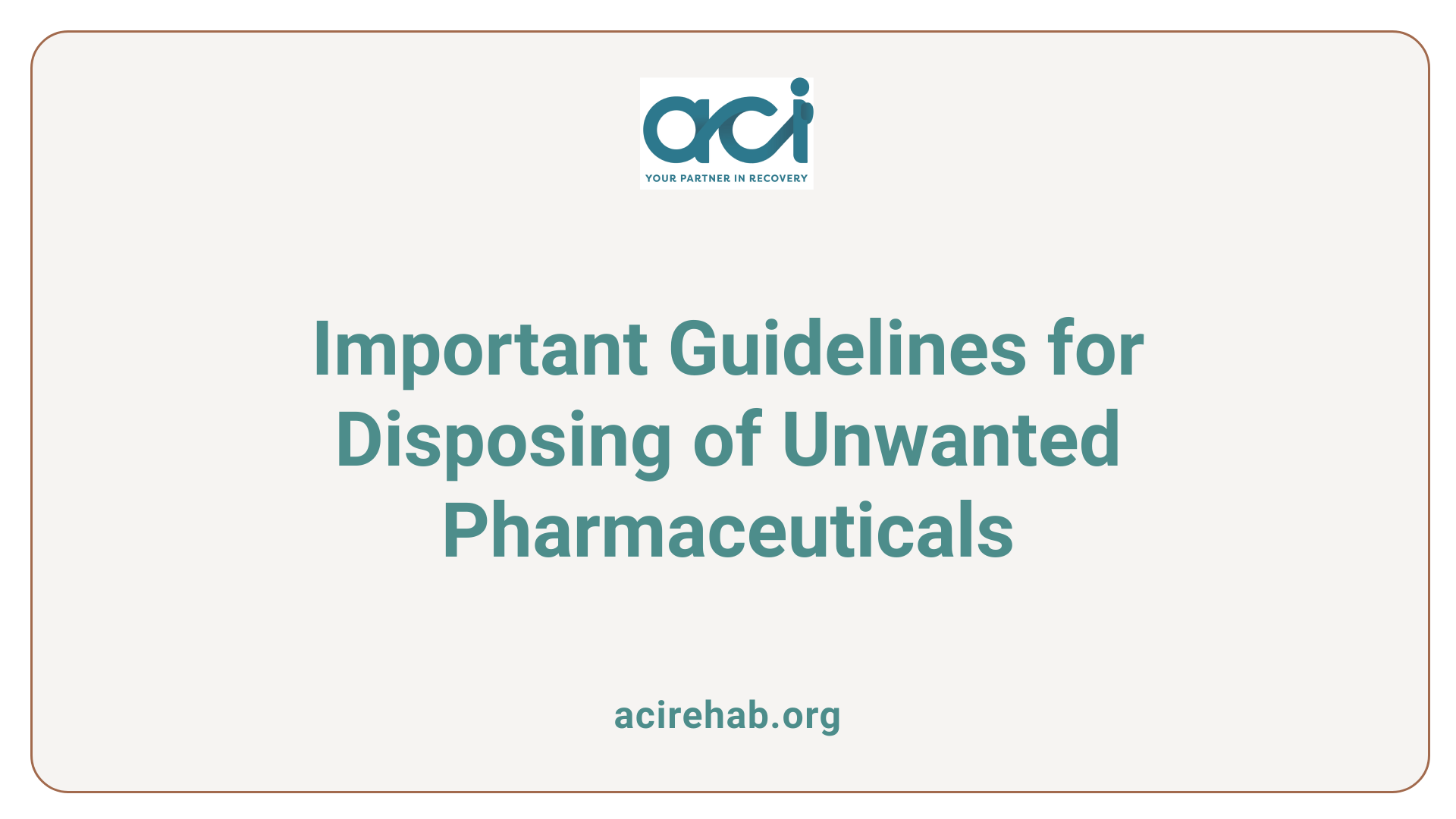
What are the guidelines for safe disposal of unwanted pharmaceuticals?
The best method for disposing of unwanted pharmaceuticals is through incineration, which should take place at a temperature exceeding 1,200°C in specially designed incinerators featuring effective flue-gas cleaning technology. This method ensures the complete destruction of pharmaceuticals while minimizing harmful emissions into the environment.
How do community collection programs facilitate disposal?
Community collection programs, like the National Prescription Drug Take Back Day, provided by the DEA, create opportunities for the public to safely dispose of unused medications. These events are organized biannually and partnered with local law enforcement, ensuring secure collection sites are readily available.
Additionally, permanent collection sites at pharmacies and police stations offer a year-round solution for safe medication disposal. CVS Pharmacy, for instance, provides in-store medication disposal kiosks monitored by pharmacists, allowing safe disposal access across the nation.
What role do pharmacists play in educating about disposal?
Community pharmacists are essential in educating patients about proper medication disposal practices. They provide guidance on utilizing disposal programs, help identify medications suitable for take-back programs, and advise on safe home disposal practices. Pharmacists can convey FDA recommendations, such as mixing medications with undesirable substances before disposal, assisting in reducing opportunities for misuse and environmental contamination.
Opportunities for Community Engagement and Improvement
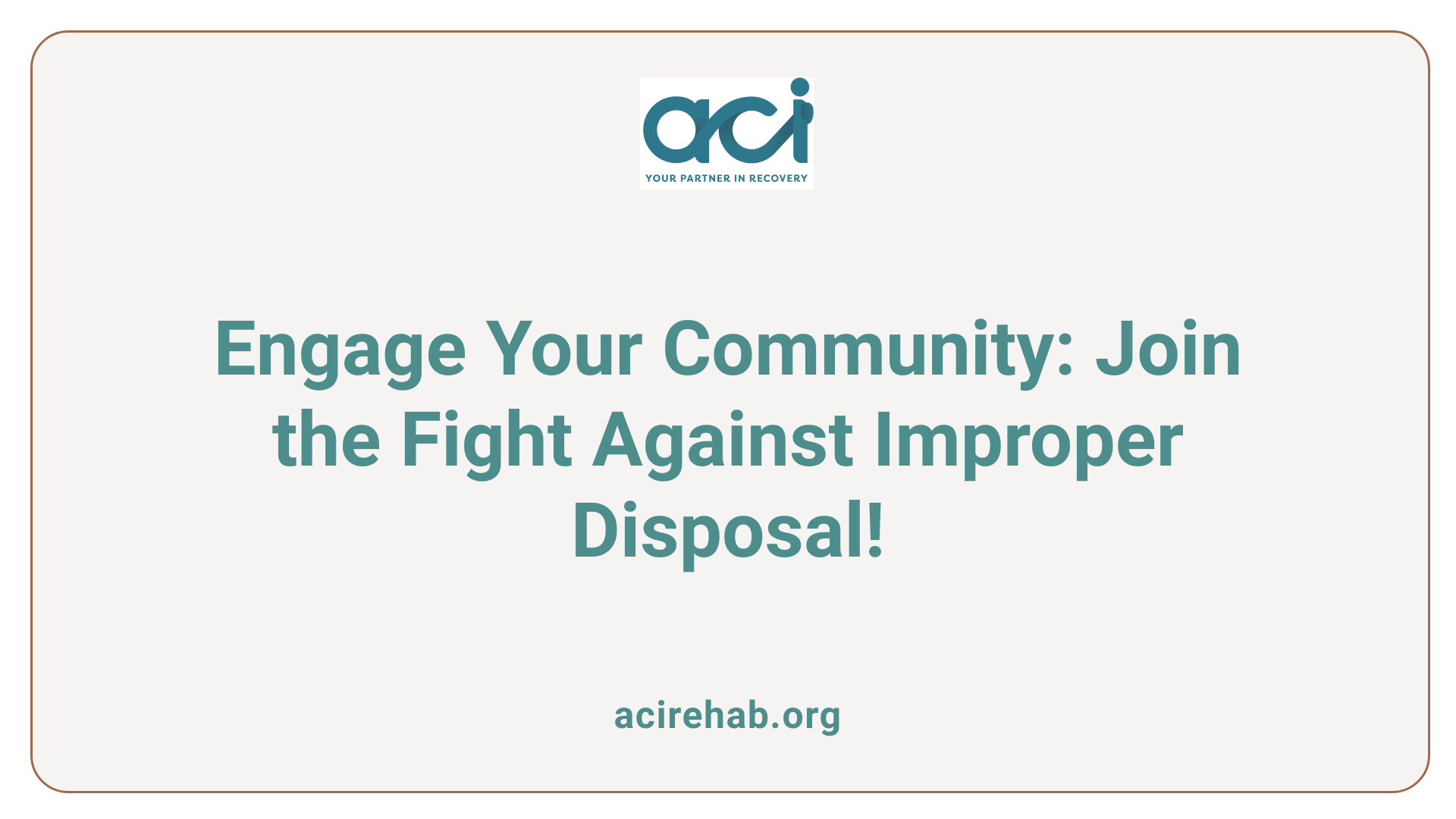
Importance of National Prescription Drug Take Back Day
National Prescription Drug Take Back Day is a crucial initiative organized by the DEA, celebrated on the last Saturday of April and October. It aims to provide a safe, convenient way for the public to dispose of unused medications. In 2022, over 721,000 pounds of drugs were collected during these events, illustrating their impact on reducing potential misuse and environmental contamination.
Role of Government and Pharmaceutical Companies
Both government entities and pharmaceutical companies have a role in fostering community engagement around safe drug disposal. Their efforts should be focused on promoting take-back programs, establishing permanent collection sites, and improving educational campaigns. Companies like Pfizer collaborate with healthcare providers to raise awareness about the dangers of improper disposal and the benefits of utilizing organized take-back initiatives.
Public Awareness Challenges
Despite efforts at local and national levels, public awareness regarding safe medication disposal remains low. Surveys highlight that many people are unaware of proper disposal methods, with only a fraction knowing about government guidelines on medication disposal. This indicates a significant gap in both knowledge and accessibility, particularly for older adults who may struggle to locate disposal sites. Enhancing educational outreach is essential to encourage responsible disposal practices.
Taking Action for a Safer Environment
As the burden of unused medications continues to mount, it is imperative for both individuals and communities to take charge of proper disposal practices. Leveraging resources such as National Prescription Drug Take Back Days and engaging with local pharmacies’ disposal programs are vital steps. Through education and active participation, we can collectively reduce the risks posed by improper medication disposal, ensuring a safer and healthier ecosystem for future generations.
References
- Drug Disposal: Questions and Answers | FDA
- A dose of reality: How to dispose of unwanted medication
- National Prescription Drug Take Back Day
- How Should Responsibility for Proper Medication Disposal Be …
- Medication Literacy: Drug Disposal – AARP
- Medication Disposal | MWRD
- Medication Disposal | Harm Reduction – Indian Health Service



